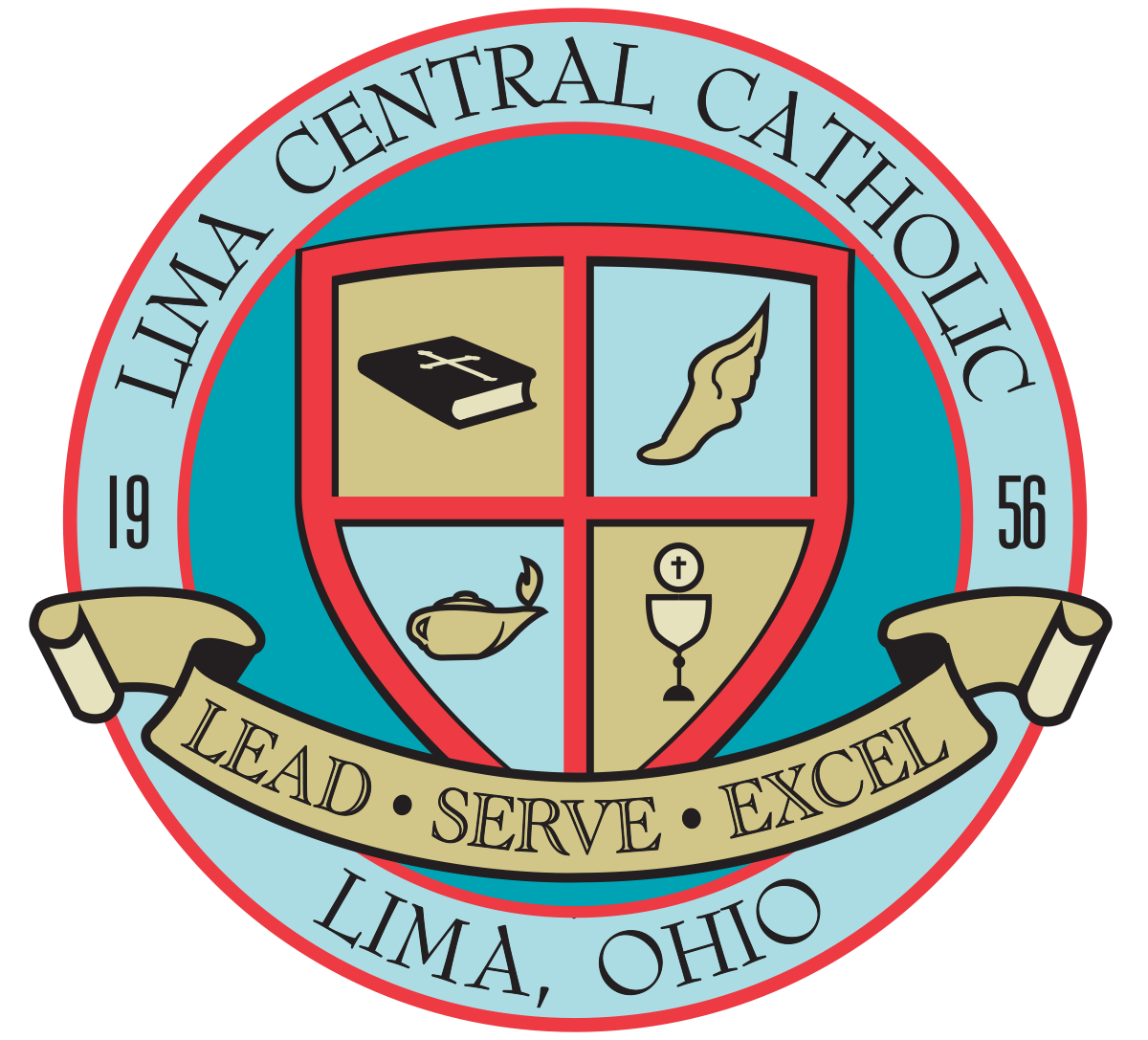Skip to content
Show submenu for About LCC
Show submenu for Admissions
Show submenu for Support LCC
Athletics
Show submenu for Spiritual Life
Show submenu for Academics
Show submenu for Student Life
Show submenu for Parents
Show submenu for Students
Show submenu for Alumni
Show submenu for Guidance
Guidance
Host Families
Universal School Choice
Soaring Thunderbirds
Tbird For A Day
You Belong Here
Affordability
Show submenu for
